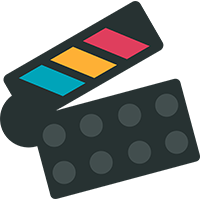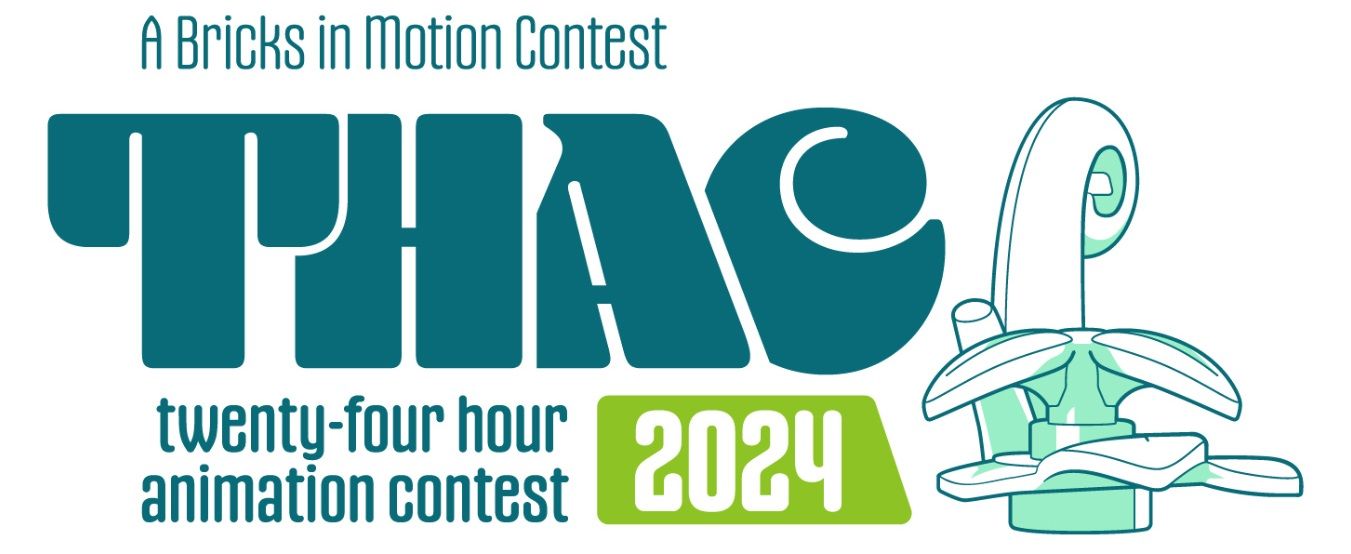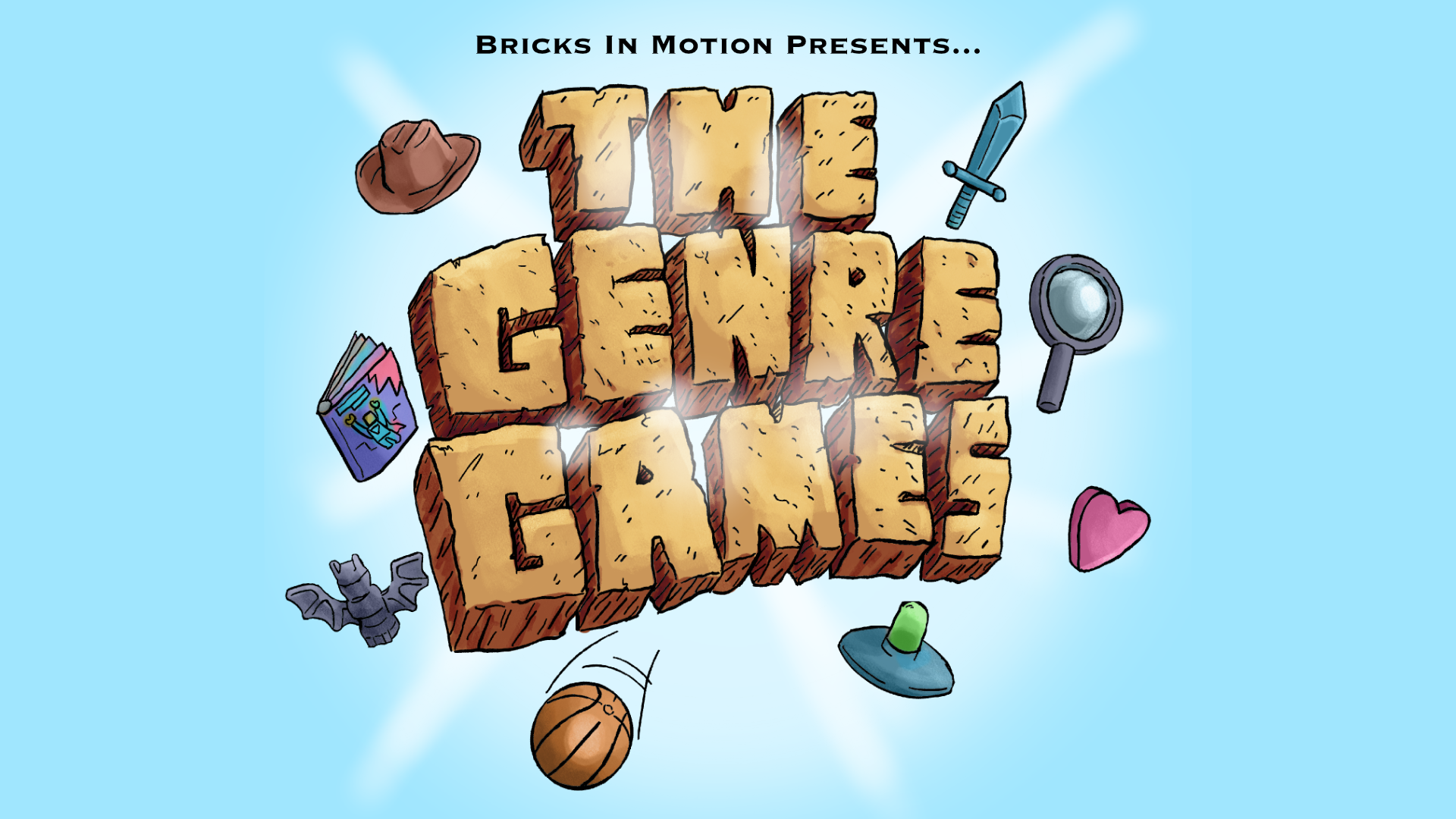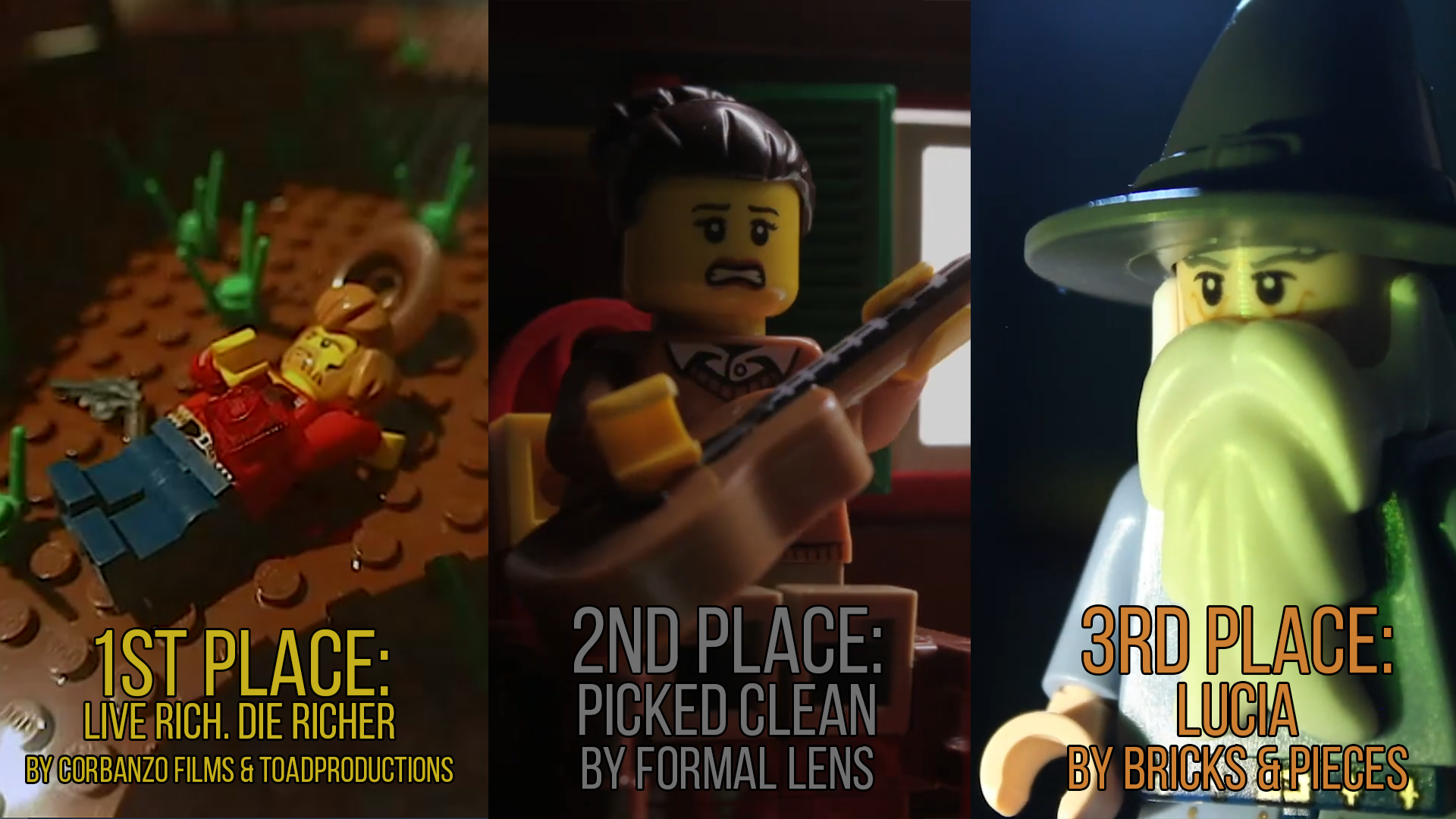Topic: Using LYTRO Camera for 3D Brickfilms? [UPDATE After 8 years]
Hello Everyone,
It's been almost 8 years since I posted the original topic about this subject, and it didn't receive any attention even back then, but I have a significant update and didn't want to bump the old thread: Original Thread From 2012
I know its a little weird to give an update for such an old, lonely thread but I wanted to also give an update on my life and see if any old-timers are still around on this site who remember me or my previous work.
It's been a while since I've posted anything on this website. Since releasing my last Lego film in 2012, I've graduated from both high-school and film school, and now I'm living the dream in the Los Angeles area working as a render technician on the Avatar sequels, which were sadly delayed yet again due to COVID. Some of my lego animation was also briefly featured in Phillip Heinrich's (SmeagolStudios) 2016 documentary "Bricks in Motion." Growing up is awesome, but I'm sad I've largely been out of touch with this community. I've been yearning to do another LEGO short film, I've had several false starts over the years. Perhaps it will still happen someday. I just need to get off my butt and write a good script first that isn't too serious and works well in lego format, but also has a meaningful message.
I met so many incredible people at USC film school , some of my best friends are sound designers, composers, and cinematographers now. I focused mainly on visual effects supervising for live action student films, and I'm hoping to eventually collaborate on a new lego short that is more ambitious and VFX-heavy than any animation I've done in the past.
Anyhow, I'm updating this 8-year old thread because I actually bought an old LYTRO Illum Light Field camera last year and was able to try out this parallax stereoscopic idea. It worked exactly like I thought it would, but unfortunately I do not see much future in this camera for making stereoscopic films. Perhaps if the technology were more developed, but currently the image quality (particularly the depth) isn't good enough to seriously consider for a project. I wrote more about it in my amazon review for the LYTRO Illum. I will try and remember to link to it later but I copied my review into this post as well.
Still 3D images from the LYTRO actually look ok. Cross your eyes to see the 3D:
But upon closer examination of the depth map being used to motivate the parallax, it is not very good and differs slightly from frame to frame, resulting in a constant chatter along the edges of objects. You can see an example of how crappy the depth map actually is:
If my next film is going to be in 3D, I think the best way forward is to build a lego rig for the camera that can shift back and forth by 1/2 brick distance (Roughly the distance between a minifig's eyes. I filmed a test using this method and also played around with integrating CGI objects into the scene using Adobe After Effects and Blender. This is a test using a special rig that shifted the camera (in this case the Logitech 9000) back and forth for each frame to get a genuine 3d image. Cross your eyes to see the 3D effect for this still:
The stereoscopic pipeline is pretty tedious, but still workable, and definitely gives a better result than anything I was able to achieve with the LYTRO camera. Up until recently I was using a Logitech 9000 for my films, but if I make a new film I'll probably be trying to use my new Canon 80D because the image quality is far superior. This will be difficult though because I love doing complex dolly and jib shots, and the DSLR is very heavy, so I'll need to find a solution for that.
I wrote a review for the LYTRO Illum on Amazon. Here's what I wrote in case anyone else in interested in the idea of a stereoscopic lego movie:
"Ever since this camera was announced I was really curious about the light field technology and I wanted to play around with it. Unfortunately the list price was well over my budget. Last year I found it for around $500 and decided to give it a try.
It does work as advertised, and this camera has the highest quality images of any LYTRO light field camera ever released, maxing out at a resolution of 2450x1634. You can snap pictures and refocus them after the fact which is really cool, and honestly I'm glad I bought it because it has been fun to play around with and show off to my co-workers. I took the camera to New Zealand and used it alongside my Canon 80D to take some pictures of hobbit holes at the famous Hobbiton movie set in Matamata. Obviously the Canon 80D had far superior image quality.
I have a background in stop-motion animation, and my intention was to try and use this camera to shoot an animated film with LEGO figures. The technology of the LYTRO camera allows you to add a slight parallax-shift effect to your light field images, and my goal was to use this parallax functionality to generate both a left and right shifted image, then combine those images for a stereoscopic 3D effect. While the effect worked on a baseline level, unfortunately this camera did not perform as well as I hoped. Here's why:
While the re-focusing and parallax effects are really cool, the depth map generation (essentially the way the camera determines which objects are close and which are far away), is not that reliable. The image quality itself is about the same as an average phone, though I give it extra points simply because the large sensor allows for shallow depth of field, which looks very pretty. However, if you tighten up the aperture in post and start examining the depth map that is generated, it really starts breaking down, especially in areas where there is very little detail. Overall the effect works but I often had cases where the camera thought a chunk of the background was attached to a very close foreground object, and it ruined the parallax and the re-focusing effects for that particular area.
Fortunately, the Lytro software does allow you to edit depth maps, either inside a built in editor, or external software, and if you are savy with Photoshop or GIMP, its possible to fix most of the artifacting manually and re-import your depth map into the Lytro software. However, this is an extremely painstaking process and not for the faint of heart. Considering my desire to use this camera for an experimental animation, the poor quality of the as-shot depth maps created too many jittery edges from frame to frame, and having to edit/recreate the depth maps for every frame of animation is simply not feasible.
Don't get me wrong, I am excited about what this camera can do and what the future may hold for this technology. This light field camera is very fun to play around with and show off to friends and colleagues, but it definitely is not for professionals. I'm sad that Lytro got bought out and is no longer developing newer products, I would have loved to see a version of this camera that has a higher resolution sensor, and can work in conjunction with a better AI algorithm for generating the depth maps.
I hope someone finds this helpful. I've attached two different example images with very different focal settings, and also the depth maps so you can see them for yourself. It really is a cool product, but it could be so much better."
~end of review~
Anyway I hope someone finds this experiment interesting. It's been 8 years in the making and I felt like it needed some closure.









